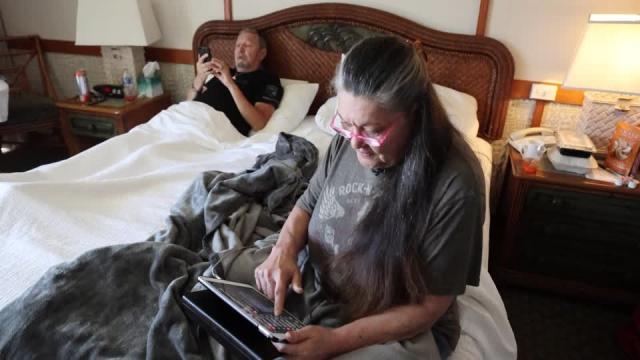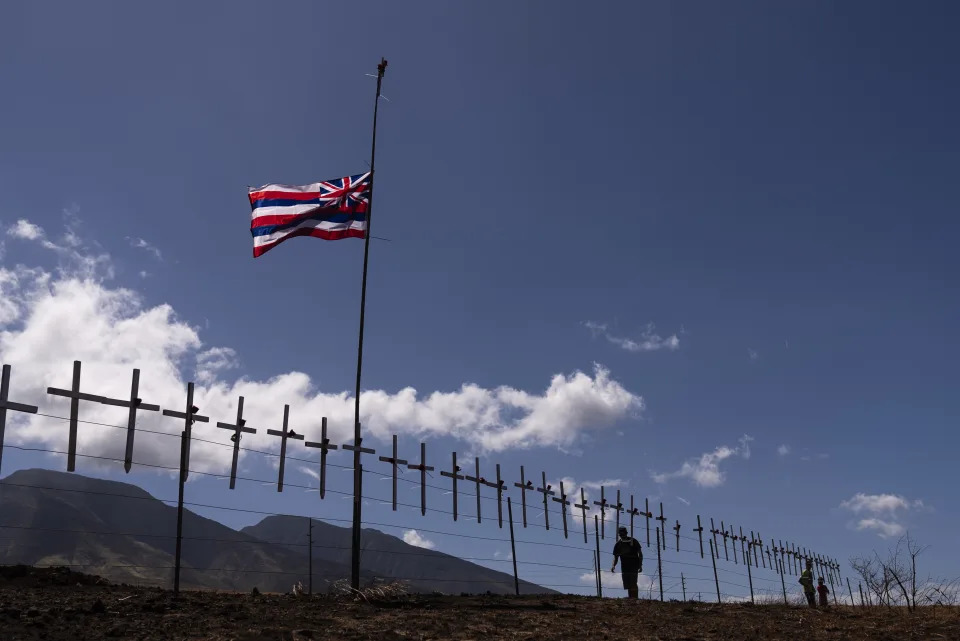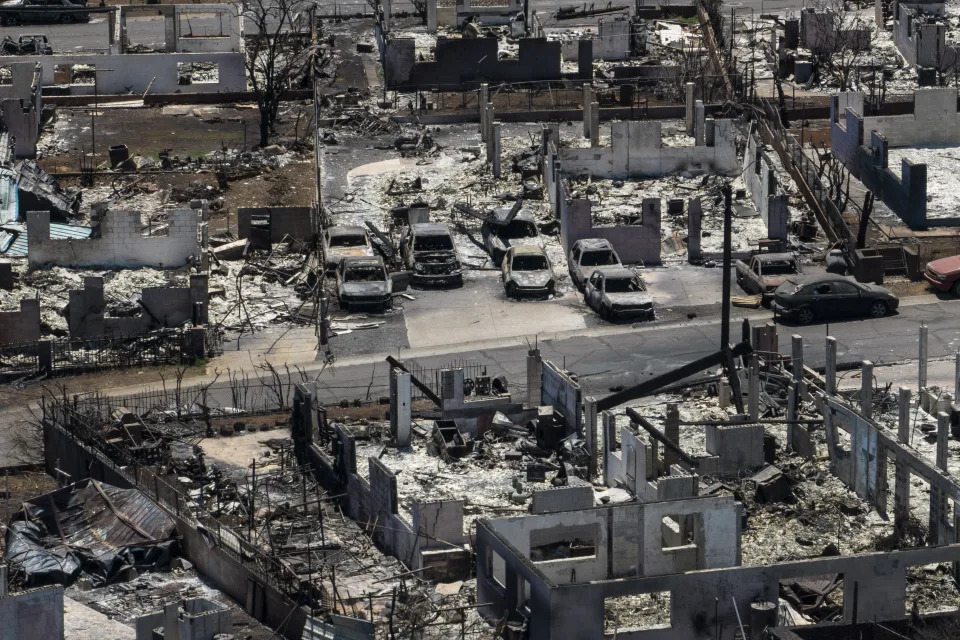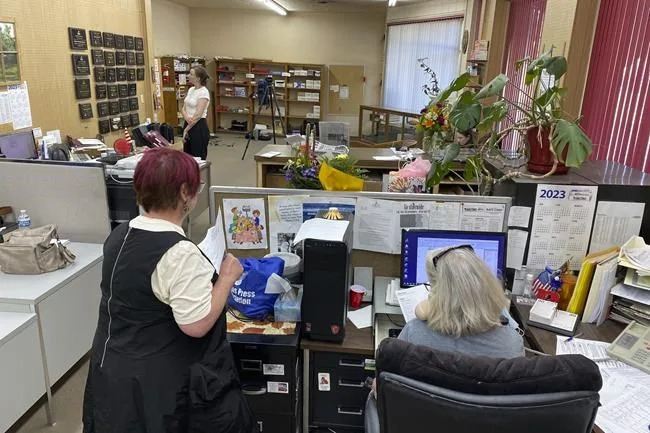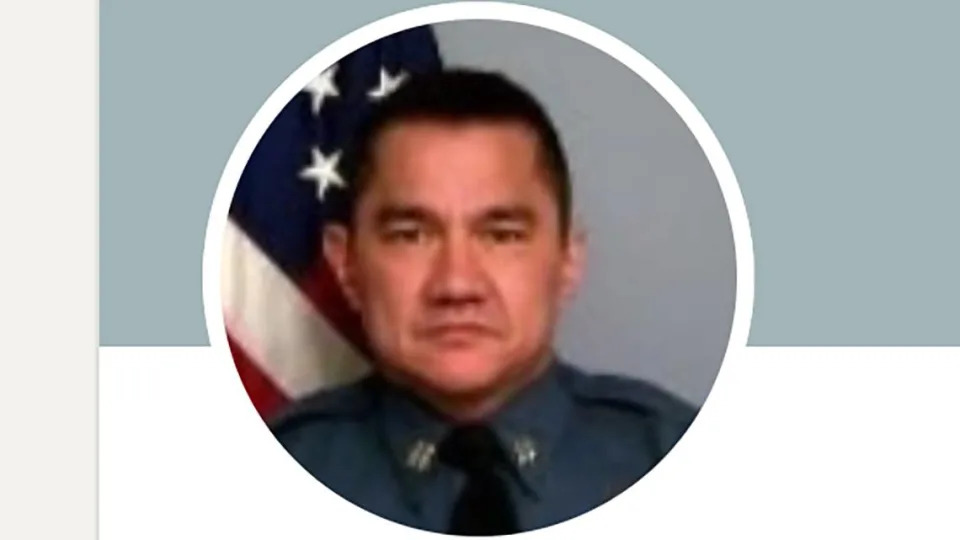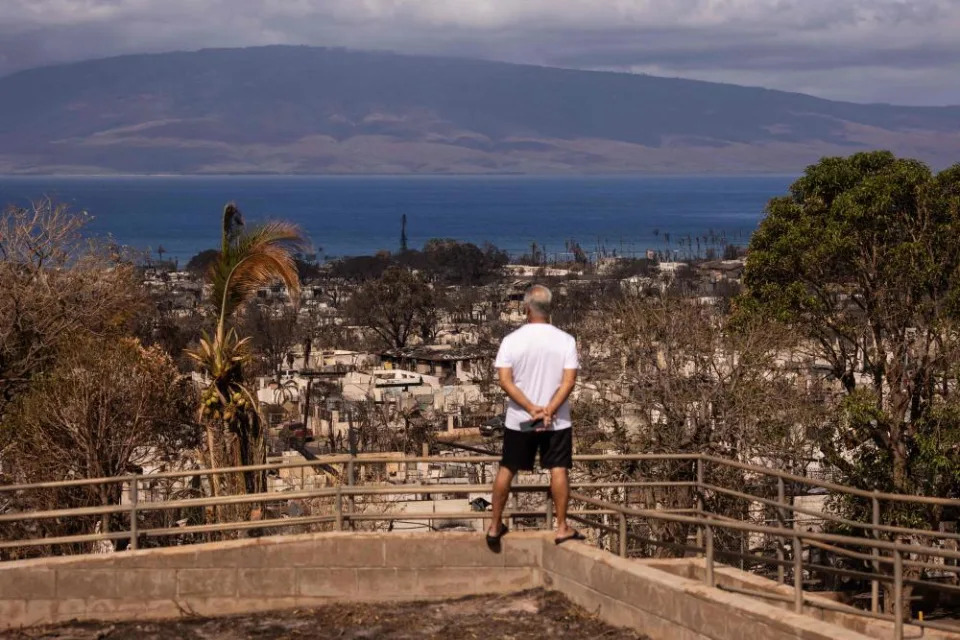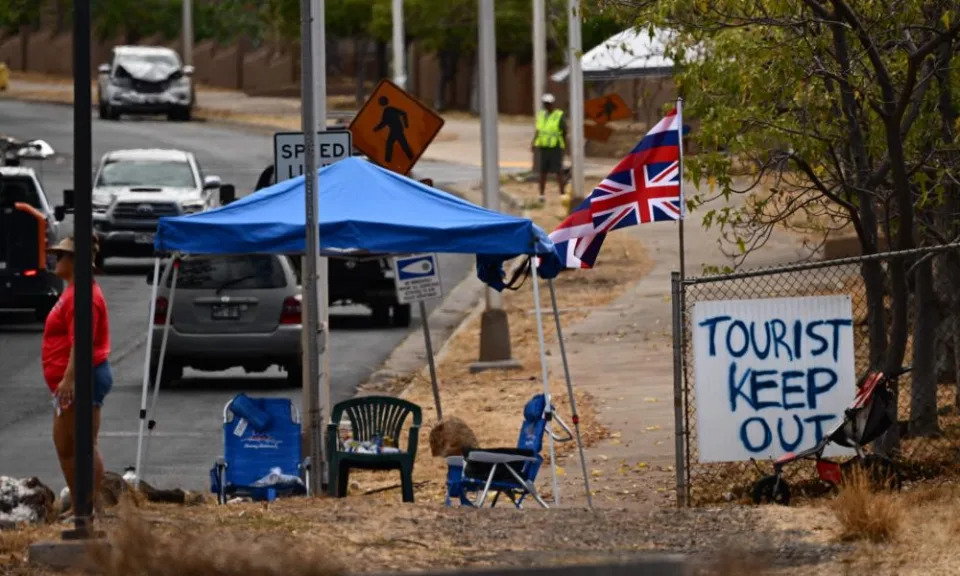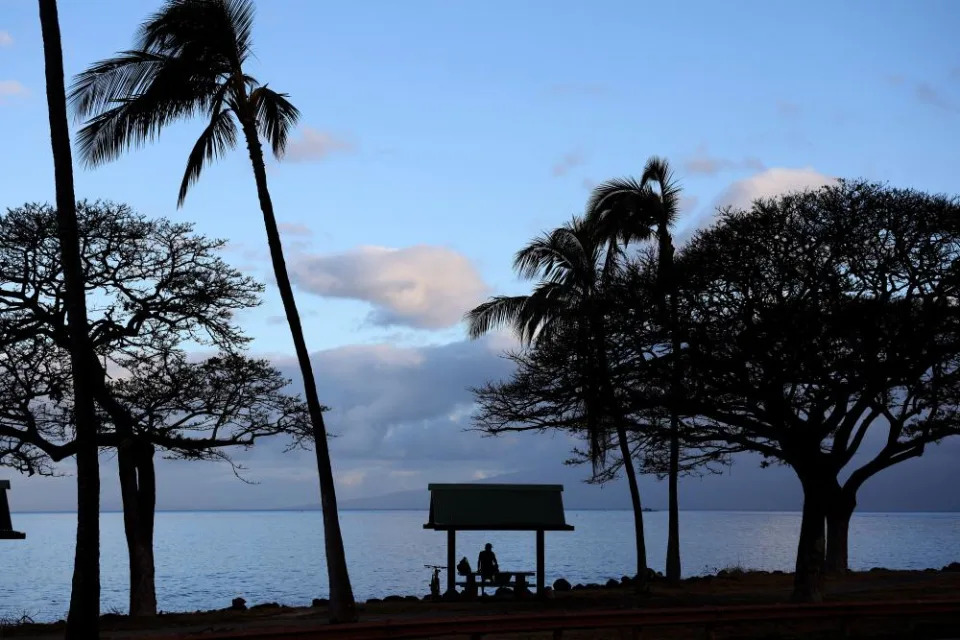From passerine birds to cranes - Neolithic bird hunting in Upper Mesopotamia
IMAGE: PILLAR 43 FROM GÖBEKLI TEPE DEPICTING A VULTURE WITH ITS WINGS SPREAD. VULTURES WERE NOT ONLY THE MOST IMPORTANT BIRDS IN THE ICONOGRAPHY OF EARLY NEOLITHIC HUNTER-GATHERER GROUPS, THEY WERE ALSO HUNTED. view more
CREDIT: N. PÖLLATH, SNSB-SPM
Besides mammals, ranging from aurochs to hares, or fish, foragers also pursued an impressively large spectrum of bird species in Southeast Anatolia 11,000 years ago. They were hunted mainly, but not exclusively, in autumn and winter – at the time of year, when many bird species form larger flocks and migratory birds cross the area. The species lists are therefore very extensive: At the Early Neolithic settlement of Göbekli Tepe, for example, c.18 km northeast of present-day Şanlıurfa (SE Anatolia, Turkey), the researchers identified the remains of at least 84 bird species. Dr. Nadja Pöllath, curator at the Bavarian State Collection for Palaeoanatomy (Staatssammlung für Paläoanatomie München SNSB-SPM) and Prof. Dr. Joris Peters, chair of the Institute for Palaeoanatomy, Domestication Research and History of Veterinary Medicine at LMU München and director of the state collection, identified the Neolithic bird bones with the aid of the reference skeletons of the state collection.
The researchers were surprised by the large number of small passerine birds identified at Göbekli Tepe, comprising mainly starlings and buntings. In principle, the Early Neolithic inhabitants of Göbekli Tepe hunted birds in all habitats – mainly in the open grassland and wooded steppe in their direct surroundings, but also in the wetlands and gallery forest somewhat further away.
‘We do not know exactly, why they hunted so many small passerine birds at Göbekli Tepe. Due to their low live weight, the effort exceeds the meat yield by far. Perhaps they were simply a delicacy that enriched the menu in autumn, or they had a significance that we cannot deduce yet from the bone remains,’ Nadja Pöllath comments on her findings.
The inhabitants of Gusir Höyük, another Early Neolithic settlement on the shores of Lake Gusir, about 40 km south of the present-day provincial capital of Siirt, even further southeast in present-day Turkey, had a different approach: When fowling they pursued almost exclusively two species populating open hilly grasslands: the Chukar partridge (Alectoris chukar) and the grey partridge (Perdix perdix). They apparently ignored the avifauna of the nearby floodplains and the lake. Among several hundred fragments from Gusir Höyük, the archaeozoologists from Munich could not identify a single bone pertaining to waterfowl. ‘Gusir Höyük is the only Neolithic community in Upper Mesopotamia known to us that deliberately avoided wetlands and riverine landscapes when fowling, although they were present. Our results suggest that this was a cultural peculiarity of the Neolithic people inhabiting Gusir Höyük,’ said Prof. Dr. Joris Peters. ‘Our comparison of a number of Early Neolithic sites in the region revealed that the sites in the Euphrates Basin share many similarities regarding their meat procurement, while each community in the Tigris Basin seemingly developed its own subsistence strategy,’ adds Nadja Pöllath.
Neolithic settlers of Upper Mesopotamia hunted birds not only for their meat. Some species, such as cranes or raptors, certainly had a more symbolic meaning and served ritual purposes, the researchers suspect. In a future study, they will focus on these socio-cultural aspects of the human-avian relationship.
Tarsometatarsi (bone of the lower leg) of birds from the Göbekli Tepe site (from top to bottom): Eurasian jackdaw (Coloeus monedula), hooded crow (Corvus cornix), small duck (Anas crecca/Spatula querquedula), Chukar partridge (Alectoris chukar), medium-sized owl (Asio sp.).
Excavation at Gusir Höyük on the shores of Lake Gusir
Excavation at Gusir Höyük on the shores of Lake Gusir
CREDIT
J. Peters, LMU/SNSB-SPM
J. Peters, LMU/SNSB-SPM
JOURNAL
Archaeological and Anthropological Sciences
SUBJECT OF RESEARCH
Animals
ARTICLE TITLE
Distinct modes and intensity of bird exploitation at the dawn of agriculture in the Upper Euphrates and Tigris River basins
ARTICLE PUBLICATION DATE
25-Sep-2023




